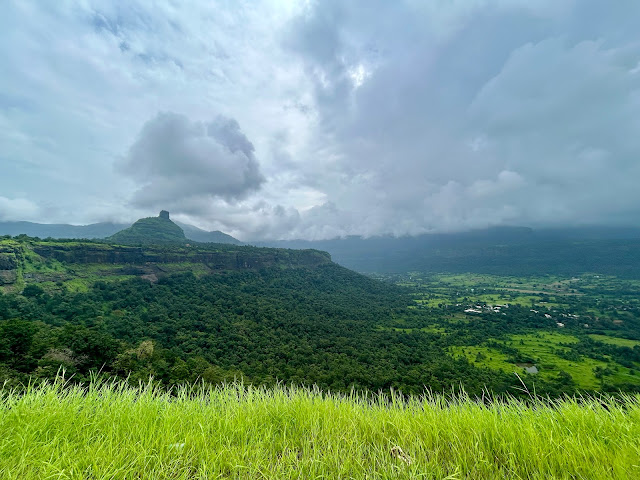
Kothaligad is a hill fort located in the Raigad district of Maharashtra, India. It is a popular trekking destination, known for its stunning views of the surrounding hills and valleys. The trek is relatively easy and can be completed in a few hours.
Table of Contents
History of Kothaligad
Kothaligad has had many rulers from Mughals to Britishers over the period. The history of Kothaligad dates back to the 13th century. The cave and temple carvings at the fort are believed to be from this period. However, not much is known about the fort until the 18th century.
In 1684, Aurangzeb, the Mughal Emperor, sent his generals Abdul Kadir and AlaiBiradkar to capture Kothaligad. The fort was then under the control of the Marathas, who were led by Sardar Naroji Tryambak. After a small skirmish, the Mughals captured the fort.
The Marathas tried to recapture the fort several times but were unsuccessful. In 1716, the British captured the fort from the Mughals. The Marathas finally recaptured the fort in 1817, but only briefly. The British recaptured the fort the following month and held it until 1862.
Kothaligad was not a very important fort militarily, but it had a strategic location. Kothaligad was used as a watchtower and ammunition depot by the ruling armies. It also served as a gateway to the Konkan region.
Distance to Kothaligad from Mumbai- 95 km
Distance to Kothaligad from Pune- 135 km
How to Reach Kothaligad Trek
Public Transport to Reach Kothaligad-
From Karjat Station
Get down at Karjat Railway Station. Then catch the ST bus (Karjat Murbad) to reach Kasheli. Take a 6 seater to Ambivali village. Walk for around 2 km to Peth Village (Base village for the Kothaligad Trek).
We missed the ST bus, so we had to travel by auto rikshaws from the station. A single auto (3 seater) that can leave you at Ambivali will charge you INR 500.
Karjat Station to Kadav Village
If you are on a budget then you will have to catch an auto from Karjat station to Shriram Bridge (INR 30/pp).
Then catch a six-seater to Kadav Village (INR 20/pp)
Kadav to Kasheli Village
From Kadav it is difficult to catch autos because it is a small village and you will have to wait until they get all 7-8 passengers.
After waiting for almost 30 minutes, we got to catch the ST bus from Kadav to Kasheli. (INR 15/pp)
Kasheli to Ambivali Village
Then, from Kasheli, you can go by direct Auto that can leave you in Ambivali and will charge you INR 250/per auto.
Another option is taking a share 6-seater auto. This option was time-consuming as we waited for all the passengers for almost 45 minutes. (INR 25/pp)
Route from Karjat if going by shared auto
Karjat-> Shriram Bridge-> Kadav Village-> Kasheli Village-> Ambivali Village-> Peth Village
Route from Karjat if going by ST bus
Karjat-> Kasheli Village-> (6 seater) Ambivali Village
Private Vehicle
It is advised to travel by your own vehicle since it can take a considerable amount of time if you opt for public transport.
Distance to Kothaligad from Karjat
22 km. (till Ambivali Village)
General Information About Kothaligad
Entry Fee
There is no entry fee.
Opening Hours
24 Hours
Kothaligad Height
4490 Ft.
Kothaligad Trek Distance
4 km from Ambivali Village to the top.
Difficulty Level
Easy
Duration of Kothaligad Trek
4 hours (to and fro)
Things to do at Kothaligad Trek
There are a total of 2 cannons at Kothaligad. The cannons are located at the top of the fort, near the Bhairoba cave. They are made of iron and are approximately 10 feet long and 2 feet wide.
The cannons are believed to date back to the 17th century when the fort was under the control of the Maratha Empire.
The cannons are in good condition and show how important the fort was in the past. They offer beautiful views of the surrounding countryside and are a popular tourist attraction for people who like to hike and explore.
The cannons were used to protect the fort from enemies. They were placed at important points around the fort’s walls and could be used to fire projectiles at enemies approaching from any direction.
The cannons were also used to send signals to other forts in the area to warn them of an attack.
These cannons remind us of the fort’s important role in the history of Maharashtra. They are also a testament to the skill and craftsmanship of the Maratha people.
The Ruins
Trek to the top of Kothaligad. The 2 hours trek will be worth your effort. You will find ruins of the fort such as carved stone staircases, Mahadarvaza, water cisterns, etc.
The top of Kothaligad is always covered with fog and the winds are strong too. In the rainy season, it’s almost always raining at the top.
Caves of
If you take a left from the cannons, you will reach Bhairoba Cave which dates back to the 13th Century.
They are beautifully carved and offer stunning surrounding views of the greenery.
Another cave is the goddess cave and it is said that the cave was used for meditation and prayers.
Temples
There are two temples at Kothaligad. One is Bhairavnath temple- a Temple dedicated to the incarnation of Lord Shiva. This temple is just beside the Bhairoba Caves.
Another temple is the Hanuman Temple- A temple dedicated to the monkey god.
Food Availability at Kothaligad Trek
Food is not available anywhere in Kothaligad. When I trekked it for the first time, 3-4 years back, locals were selling lemon juices and snacks. But currently (Sept 2023), no shops are available on the fort.
There are a few houses in Peth Village that provide local lunch if you preorder while ascending.
There is one shop that I would recommend to have your meals at. It is located just on the corner of Ambivali, from where we start walking towards Peth. They have good breakfast options available like pohe, upma, tea, coffee, etc. and meal options like fried rice and noodles with egg, chicken and vegetarian variety are available.
The best part about eating here, is they have a rooftop sitting area where you can capture stunning views of the mountain range.
My Personal Experience of Kothaligad Trek
This has to be one of the most thrilling experiences in Sahyadri.
I have climbed this fort twice and it was raining all the time we had started ascending. Still, it was relatively easier than the second time.
The second time, we could not reach Ambivali village early in the morning. We left from home by 7 a.m. and reached Ambivali by 12 p.m. Why? because we relied on public transport. From Kadav village we had to wait for the next way of commute for around an hour.
We started ascending at 12:30 PM- when everyone else had started descending. While we crossed Peth village, the fog started rising, and we could not see the route.
We kept moving forward, and rain caught us. The heavy rain was accompanied by strong winds. We managed to reach Bhairoba Caves. But moving further to this point was nearly impossible.
The temperature had dropped down too. We sat by the shade near the cannon and decided to descend once the rain stopped.
For the next 15 minutes, it kept increasing and started getting darker. As we were late to ascend, there was no one else but us.
So, we decided not to wait and descend. After 5 minutes of walking, we realized that the route down had become a waterfall. Not a small one, but a huge one with great speed.
The speed and the force of the water kept increasing and that was one of the most terrifying monstrous avatars of Sahyadri that I had witnessed.
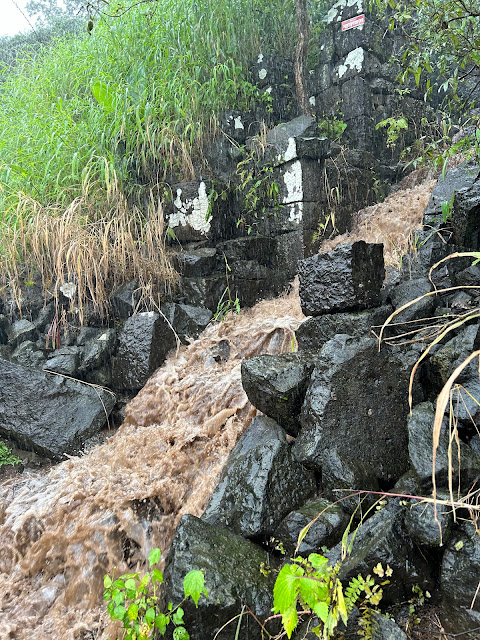
It was scarier, because we could not see a single human being, plus we were almost completely covered with the Fog.
There were crabs everywhere, the water was mixed with the soil and turned brown. We could not see where we were placing our next step. Rocks beneath the running water were loosened. Everything had become slippery, but we managed to come down.
After crossing the Peth Village, we saw the road had become a river and if we had waited for more time, we would had to stay back in the village.
But finally, we reached Ambivali by 5pm. We started our journey back by 6:15 p.m. We had already missed the ST, so we had to pay INR 800 for the local van that dropped us off at Karjat station.
So, if you are planning the Kothaligad trek, or any trek in Sahyadri for that matter, ensure that you start early in the morning. Make wise decisions. It’s okay to not reach summits sometimes, for the sake of safety.
In rain, Sahyadri becomes really dangerous and proper precautions must be taken. Never underestimate nature; a bit of overconfidence may become hazardous.
| Also Read-> How to do a Trek to Garbett Plateau |
Things to Keep In Mind While Climbing Kothaligad
- Start trekking early in the morning, around 8-9 a.m.
- You should descend down before 4 p.m., especially when you are traveling by public transport. Post evening it will be really difficult and expensive to reach Karjat.
- Do not rely on public transport, especially in Kasheli gaon. The most advisable way to reach Kothaligad by public transport is by ST bus from Karjat to Murbad.
- Take extra caution while ascending at the top. The narrow area could be tricky to climb especially due to winds, fog, and rain.
Paid Trekking Groups for Kothaligad Trek
There are many trek groups that arrange group treks to Kothaligad and make all the arrangements from food to trek guide.
Here are a few Kothaligad trek event organizers-
Camping at Kothaligad
Camping at Kothaligad is a great way to experience the beauty of the fort at night. There are several camping spots located near the top of the fort, with plenty of open space and stunning views.
Night Trekking
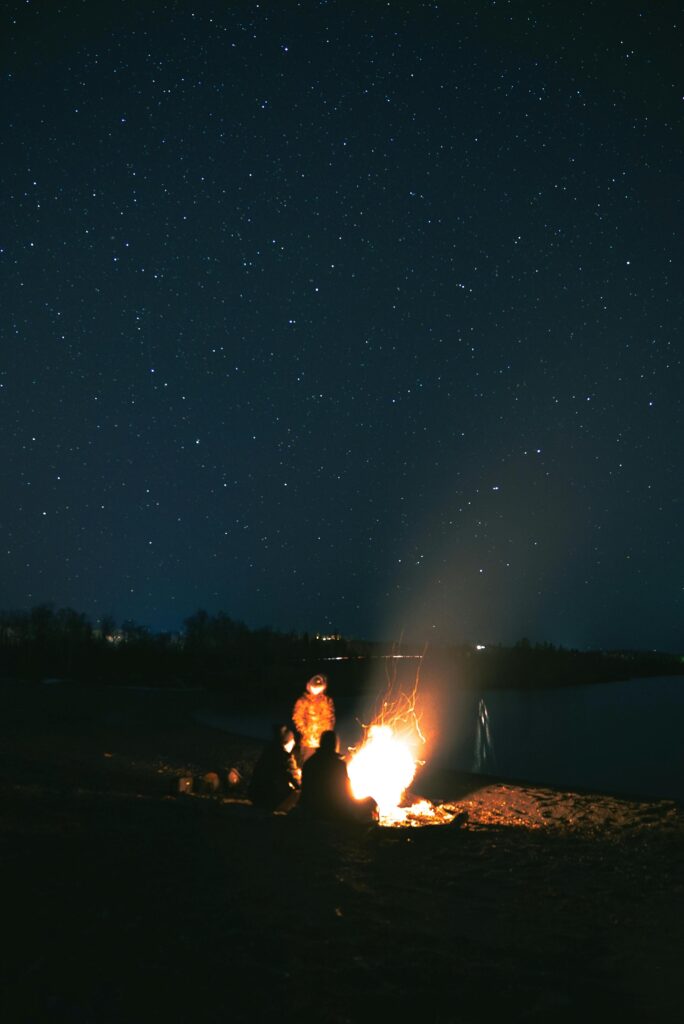
Night trekking to Kothaligad is a challenging but rewarding experience. The trek is relatively easy during the day, but it can be difficult to navigate in the dark. It is important to be prepared and to take precautions to stay safe.
Things to Carry
- Water
- Snacks
- Cap
- Trekking Shoes
- Sunglasses
- Camera (Optional)
- Energy Powder or Glucon D powder
- Extra Pair of Clothes
Responsible Trekking in Sahyadri
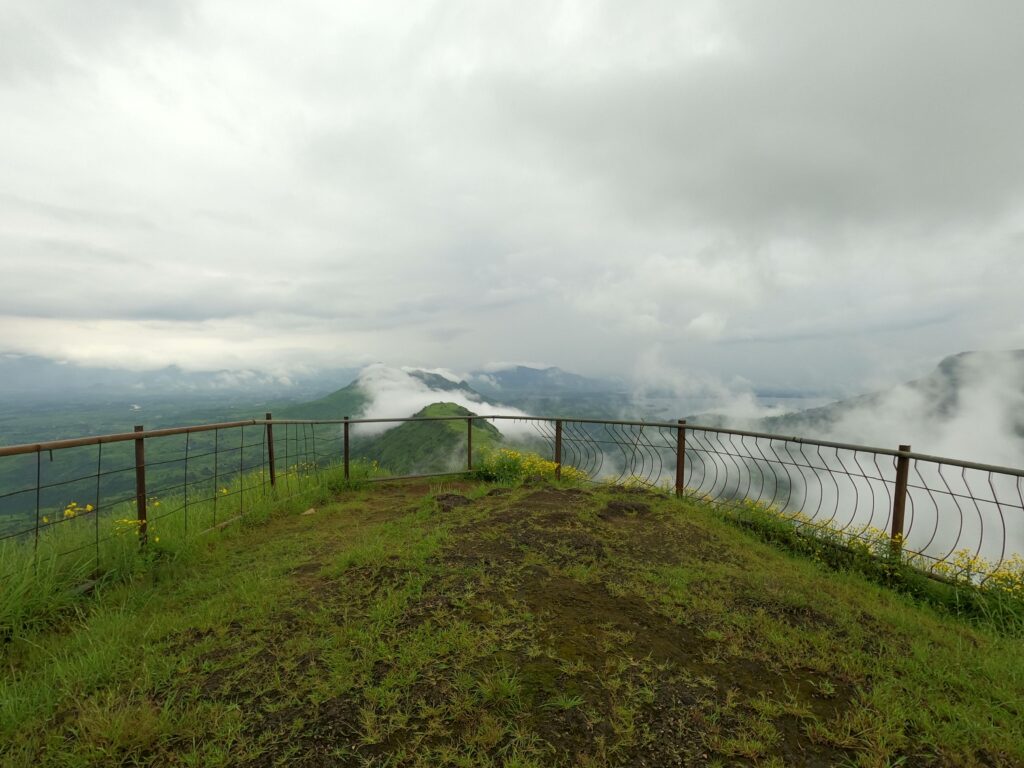
- Be sure that you are only leaving footprints in the beautiful nature of Sahyadri.
- Do not litter garbage.
- Carry a garbage bag for your litter.
- Carry a metal water bottle rather than a plastic one.
- Carry your food in the lunch box rather than plastic bags.
- Avoid feeding wild animals.
- Do not harm plants and animals in the area.
- Do not contaminate the water bodies.
- Do not play loud music in the jungles. Enjoy nature’s peace and let everyone enjoy.
- Do not engage in activities like consuming drugs and alcohol.
- Do not write anything on the historic places such as walls.
- Sahyadri can be really unpredictable in terms of nature. Ensure you are taking every safety measure while wandering.
Frequently Asked Questions About Kothaligad Trek
Is Kothaligad Trek difficult?
The Kothaligad Trek is considered easy-moderate difficulty. It’s not a technical climb, but there can be some challenges.
How to go Kothaligad trek by train?
The nearest railway station to Kothaligad is Karjat which is well connected by the local trains.
What is the elevation of Kothaligad Trek?
The elevation of Kothaligad Fort is around 3,100 feet (945 meters).
You May Also Like->

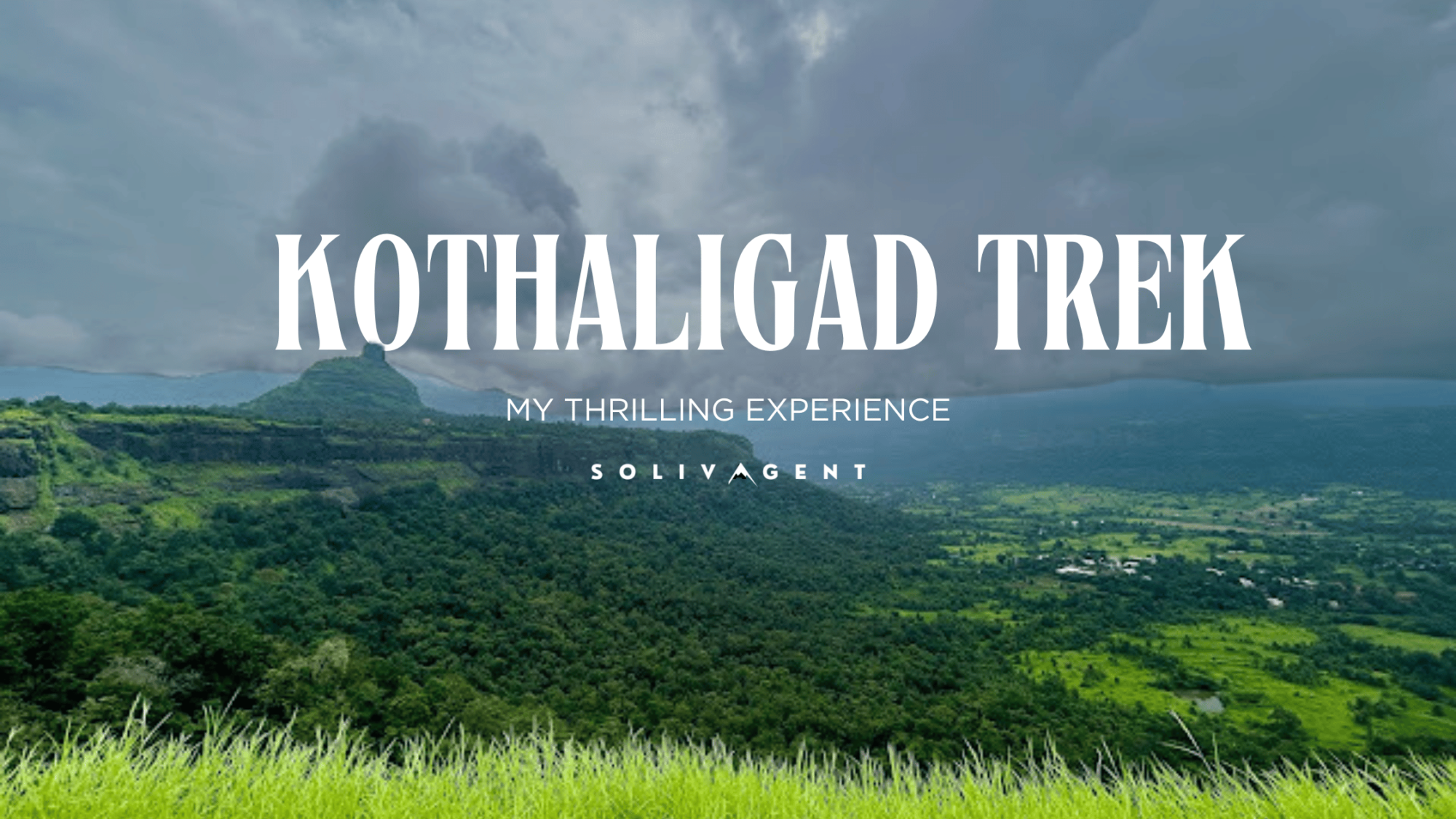
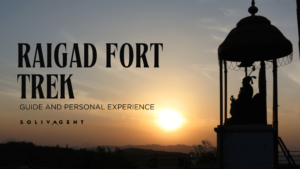
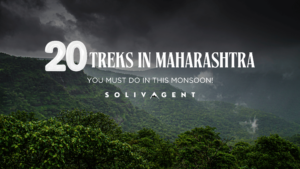
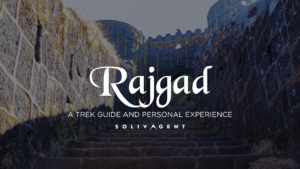
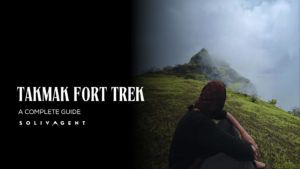
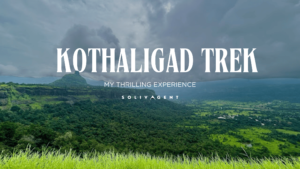
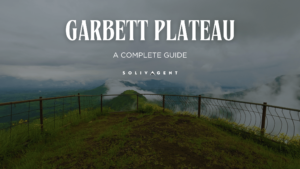
It’s always exciting to learn about new treks and beautiful places. I love exploring India’s natural beauty, and I appreciate you sharing these hidden gems. Thank you.